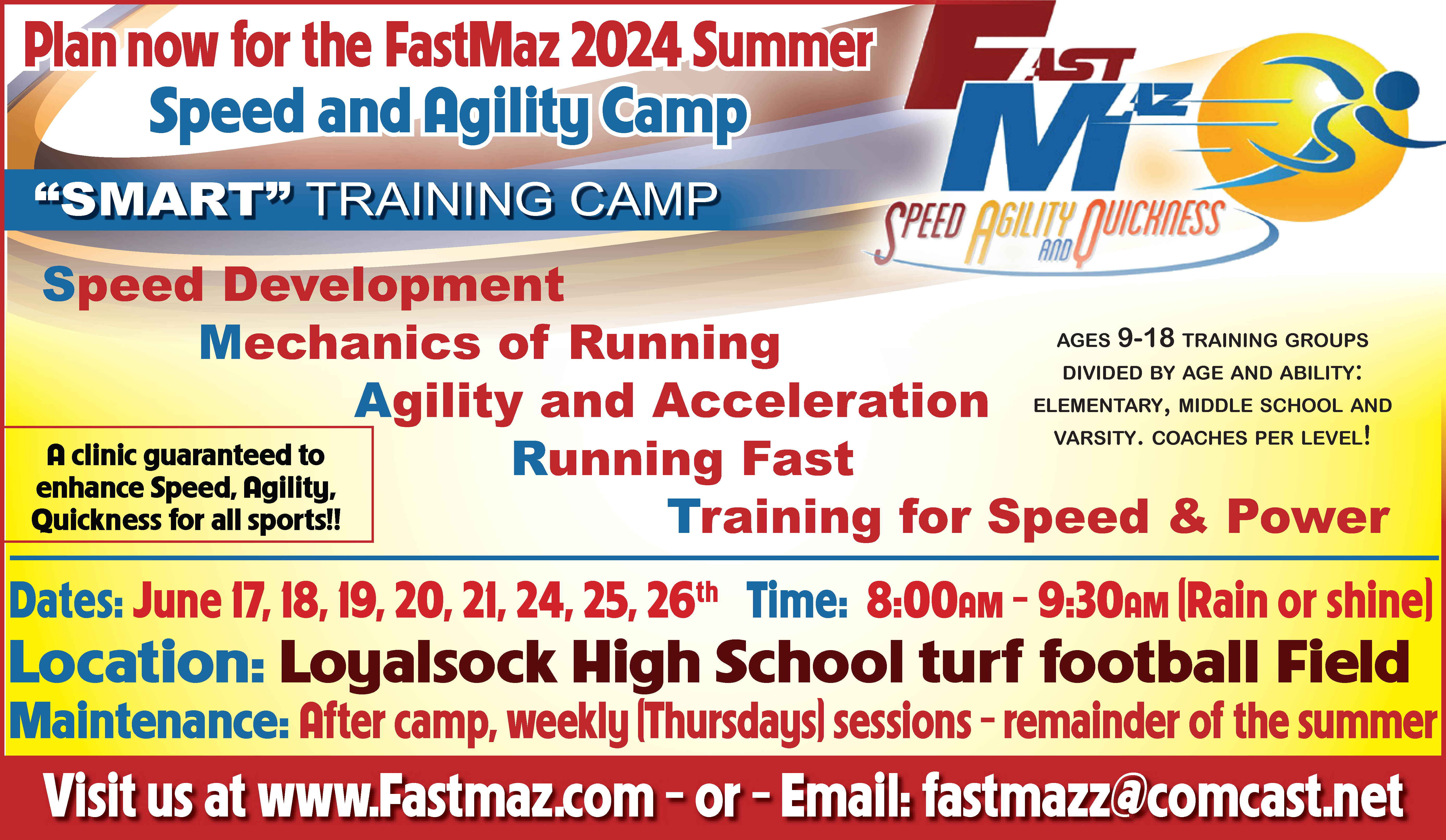Whether you trout fish or not, I’m sure you have noticed good numbers of fishermen this past weekend gathered along the banks of many different streams. Pennsylvania is fortunate to have a pretty good number of streams available for trout fishing. They come in a variety of sizes, and that, in fact, is the topic of my discussion this week.
To simplify things, I’ve categorized our trout streams into three basic categories: small, medium, and large. Those are pretty general terms, but when I think of small, I’m thinking of a stream anywhere from maybe six feet across to maybe 10-15 feet at its widest points. A small stream riffle and stretch to the next riffle often runs only 20 or 30 feet. A large stream, say like Pine Creek, could be 30 or 40 yards or more across and have stretches below rapids that could be nearly the length of a football field. A medium-sized stream falls somewhere between the two just described.
So what’s the big deal about stream size? Well, first off, stream size will have a lot to do with the size of the equipment you plan to use. If I’m wading a stream that hardly has any water that barely gets over my waist, I may want to opt for a pair of hip boots rather than chest waders. The size of the rod I plan to use will vary also.
In a small stream, often due to trees and other greenery, I will choose a smaller rod for easier casting in these brushy conditions, and that’s true for both spinning and fly casting. A nine-foot-long flyrod could be very difficult to handle in a small stream, but when on a large, open stream and when wading well out from the shore, the nine-foot rod would be the better choice for a longer casting distance.
Some positive factors when fishing a small stream are you can cover a lot more water, and your casting distances will be greatly limited. Another positive is that small streams will often have clearer water since they clear up faster after heavy rains. That clear water allows the fisherman to get a better look at what trout and how many inhabit a given pool.
On the negative side, small streams can easily become overcrowded; six people crowded around a little pool not only spooks the trout but makes casting and line control a real problem.
I will say small streams are probably easier to fish, and no doubt that’s why so many people flock to their banks, and they may well be a better choice for kids and someone just getting into fishing.
Large streams have their own list of positives; first off, there is a lot more room, and they can accommodate more fishermen with fewer problems. The much larger pools are capable of holding far more trout, and as water levels get lower, the deeper holes will still offer better refuge for the trout.
I hesitate to use the term “negative side,” but fishing large trout streams does offer some challenges; the deeper pools and faster runs and riffles require getting your presentation down deeper in many cases. Of course, if you are working the surface with a flyrod and dry flies, getting deeper isn’t a problem, but reaching the trout is a whole different situation.
Of course, a medium-sized stream offers some of the positives and negatives found in the small and large streams but may be tempered a bit. Personally, I like all three sizes; I just adjust to the situation.
More often than not, if I’m taking someone new out to fish, whether it be fly fishing or spinning, I usually opt for the medium-sized stream.
Well, I think I better get out over the next few weeks and check out those stream sizes I just wrote about.



